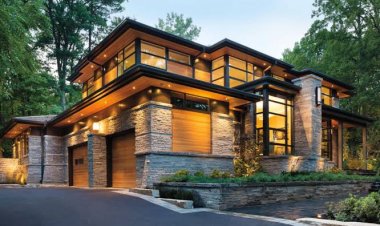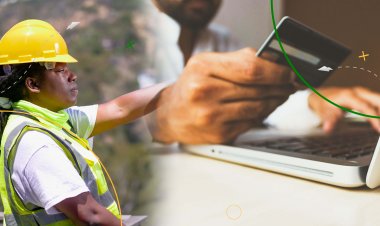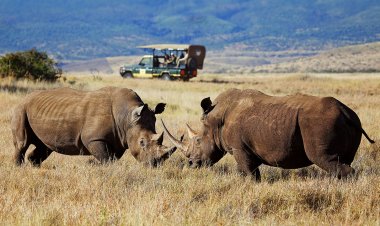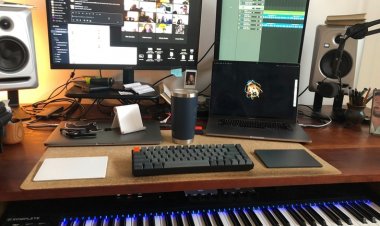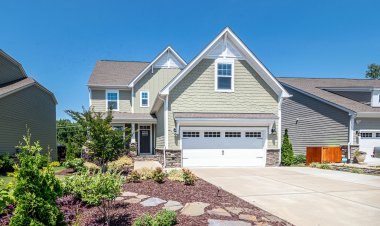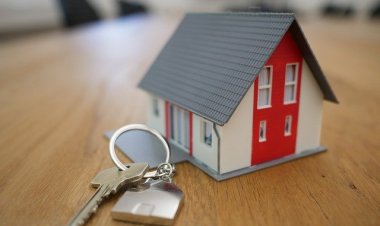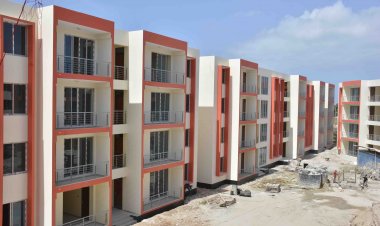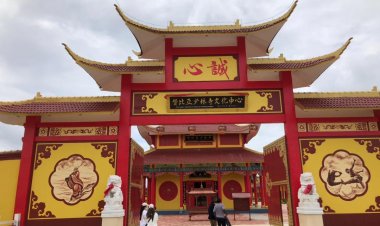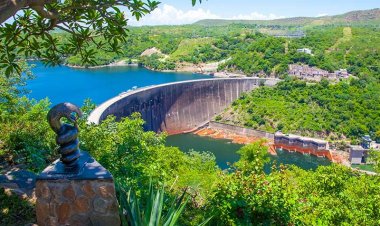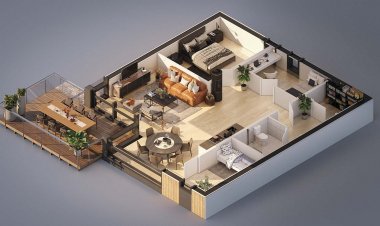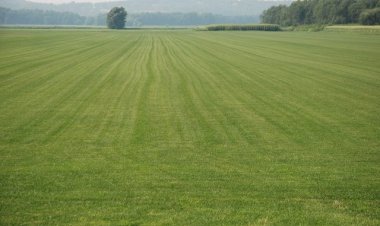Teddy Obiero: Creating Inclusive Spaces for People with Disabilities
Part two of the interview with Teddy Obiero, we explore his world as a champion of inclusive spaces for people with mobility disabilities.

Read part one of this interview here
1.Can you provide an overview of your experience and background in advocating for accessible structures specifically for people with mobility disabilities in Kenya
From 2018 as I engaged more in community service, upon creating our first Business community forum to champion for better business environment and ensuring that the county government actively provided us with services and infrastructure, I came across real suffering by residents especially those with mobility disabilities. I wanted to change how these residents are treated and have their dignity observed. I therefore knew there was only one way out, I have to be at the community leadership to champion for these rights. These advocacy and awareness campaigns led to me being elected the Chairman of Africa’s largest estate in February 2020, and later in November 2022. The need to cover other communities other than Nyayo Estate was alive and I actively stepped up to provide leadership by ensuring new building structures factor in accessibility to persons with mobility disability.
Through our recently created USAWA FOUNDATION, we are pushing the limits to ensure review of policies especially on approval of buildings in all counties with Nairobi the capital as our pilot phase. I’m happy by the progress so far having gotten support by over 25 Members of County Assembly (MCA’s) in Nairobi county and advocating for the review of the by-laws possibly by early 2024.
This will lay down a foundation and precedence to engage other counties starting with the metro counties bordering Nairobi.
- What motivated you to become an advocate for accessible structures for people with mobility disabilities?
I have lived with visual disability since I was 9 years old following a road accident, I have seen zero consideration in supporting persons with disability at policy level by the government. It gets worse for persons with mobility disability from accessing their homes and public transport systems. It is due to this that I vowed to try make a positive change through my community leadership platforms and change the policies to factor in a population that is often ignored.
- What are some of the challenges that these people face and how do you address those challenges in your advocacy efforts?
In the eastern part of Nairobi, we have seen tremendous growth in population pushing real-estate development to sky rocket and everyone building more taller and taller structures. Today Embakasi location where Nyayo Estate is located is the most densely populated wards in the whole country. The real challenge is residents accessing their homes on a daily basis especially in high rise residential buildings without elevator provisions.
The current public road infrastructure doesn’t not take care of people with disabilities, today one cannot use a wheelchair in any public road. This includes other public facilities and community facilities such as markets, some hospitals, churches and school.
The pavements needs to be factored in the accessibility and utilization of these public resources.
We could have this a matter of policy to be entacted at the tendering level. I have also noticed that out of 47 counties only 26 have representation of PWD at policy making level. Nairobi county assembly has no representation at all. This is the reason why voices of persons with disabilities are not being heard.
- Are there any specific laws, policies or regulations that address accessibility in structures for such people? And if they are, how effective are they?
Building approval within all counties are regulated by the respective county governments, who ought to ensure compliance by all developers. Unfortunately, this is not the case and some policies are outdated and require urgent reviews.
In my advocacy campaign the focus on policy and adherence to the same by the government approval departments and active community watch in ensuring the developers indeed comply.
In addition, we are also advocating for the retro fitting of existing structures to ensure smooth access by persons living with mobility disability.
- How do you collaborate with architects, engineers and other stakeholders in the sector to ensure accessibility is considered from the design phase?
Through the association of engineers and architects its an active conversation, I have had two sessions with each group.
Teddy in one of the consultative meetings
- Have you encountered resistance or opposition in your advocacy work?
The challenge always comes from the developer who views such structural design as added cost. They circumvent the law at approval stage and end up with a structure that does not factor in the accessibility options.
- Do you engage people with mobility disabilities and their organisations in your advocacy work?
Yes, I have a database of all persons living with disability across over 15 counties. Mobility disability being the main focus area. We work closely with local Community Based Organizations (CBO’s) and recently trying to create awareness on the same through various focused groups.
- In your opinion, what are the key elements that make structures accessible for people with mobility disabilities in Kenya?
Ramps for lower houses work best, elevators for 3 stories and above will help people with disabilities. For private homes, retro fitting the houses with hoist machines for access to top floors and ensuring the bathrooms and kitchen are fitted with disability friendly options.
- What strategies do you use to raise awareness about the importance of accessible structures for the people with mobility disabilities among policy makers, building owners and the general public?
Through the association of architects and engineers, annual engagement and constantly reminding the players of the importance of factoring in ease of access. Use of public forums such as family events, public participation by the county government events and the most important is meeting land owners who are potential developers.
Currently working closely with local political leadership in my advocacy to ensure an active review of the law on approval of structures. The review should be compulsory to all developers to ensure ease of access to persons with mobility disability away from the current policy that makes it optional thereby diluting the efforts to have the structures access friendly.
- In your opinion, can accessible structures for people with mobility disabilities contribute to a more inclusive society beyond physical disability?
Absolutely dignifying everyone regardless of their condition is a show of humanity and deeper understanding of the challenges such individuals go through everyday. This is the cornerstone empathy, humanity and respect. I believe if we treated everyone the same, society will be a great place.
- What are some successful campaigns you've had in your advocacy work?
Most businesses buildings within Embakasi Ward have retro fitted their main access areas and also fitted the bathrooms to factor in persons with mobility disabilities. This has been possible from the business community forums. Another big milestone is the buy in from over 25 Members of County Assembly (MCA’s) within Nairobi county. I believe that by early next year we will have a bill in the county Assembly to review the structural approval codes in a ccordance to ease of access by persons living with mobility disability, moreso within residential buildings.








